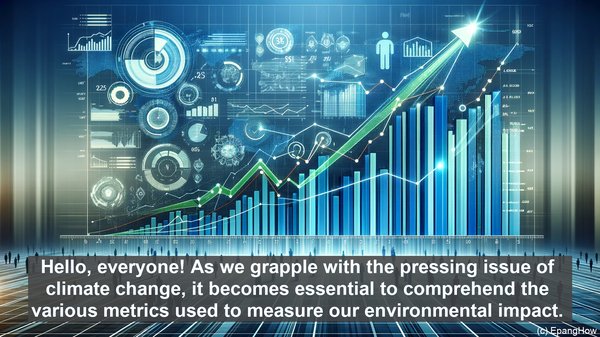Introduction: The Environmental Conundrum
Hello, everyone! As we grapple with the pressing issue of climate change, it becomes essential to comprehend the various metrics used to measure our environmental impact. Two such metrics, global warming potential (GWP) and carbon footprint, are often discussed. While they may seem similar at first, they serve distinct purposes. Today, we’ll delve into their dissimilarities and understand why they both matter.
Global Warming Potential: A Comparative Measure
Global warming potential, as the name suggests, is a metric that compares the warming potential of different greenhouse gases to that of carbon dioxide (CO2). CO2, being the most prevalent greenhouse gas, is assigned a GWP of 1. Other gases, such as methane and nitrous oxide, have significantly higher GWPs, implying that they have a more potent warming effect. GWPs are calculated over specific timeframes, usually 20, 100, or 500 years. This metric helps us understand the relative contributions of different gases to global warming.
Carbon Footprint: A Holistic Measure
While global warming potential focuses on the warming potential of greenhouse gases, carbon footprint takes a broader approach. It measures the total greenhouse gas emissions, expressed in CO2 equivalents, caused directly or indirectly by an individual, organization, or product. Carbon footprint encompasses emissions from various sources, including energy consumption, transportation, and manufacturing. By considering the entire lifecycle of a product or activity, it provides a comprehensive assessment of its environmental impact.

The Significance of Each Metric
Both global warming potential and carbon footprint are crucial in evaluating and mitigating climate change. GWPs help policymakers prioritize actions by highlighting the gases with the highest warming potential. For instance, reducing methane emissions from agriculture can have a more immediate impact on global warming. On the other hand, carbon footprint guides individuals and organizations in identifying emission hotspots and implementing strategies to reduce them. By quantifying emissions, it enables targeted efforts towards sustainability.

